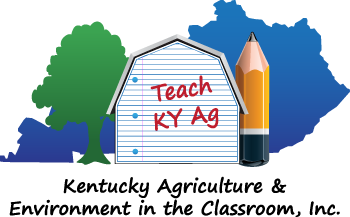Sixth Grade Science
6-PS1-3 Gather and make sense of information to describe that synthetic materials come from natural resources and impact society.
6-LS2-1 Analyze and interpret data to provide evidence for the effects of resource availability on organisms and populations of organisms in an ecosystem.
Purple Plow Spring 2025 Challenge - Cross-curricular connections to mathematics and economics.
6-LS2-3 Develop a model to describe the cycling of matter and flow of energy among living and nonliving parts of an ecosystem.
6-LS2-2 Construct an explanation that predicts patterns of interactions among organisms across multiple ecosystems.
6-ESS2-1 Develop a model to describe the cycling of Earth's materials and the flow of energy that drives this process.
6-ESS2-4 Develop a model to describe the cycling of water through Earth's systems driven by energy from the sun and the force of gravity.
MS-ETS1-1 Define the criteria and constraints of a design problem with sufficient precision to ensure a successful solution, taking into account relevant scientific principles and potential impacts on people and the natural environment that may limit possible solutions
Purple Plow Spring 2025 Challenge - Cross-curricular connections to mathematics and economics.
MS-ETS1-2 Evaluate competing design solutions using a systematic process to determine how well they meet the criteria and constraints of the problem.
Purple Plow Spring 2025 Challenge - Cross-curricular connections to mathematics and economics.
MS-ETS1-3 Analyze data from tests to determine similarities and differences among several design solutions to identify the best characteristics of each that can be combined into a new solution to better meet the criteria for success.
MS-ETS1-4 Develop a model to generate data for iterative testing and modification of a proposed object, tool, or process such that an optimal design can be achieved.
